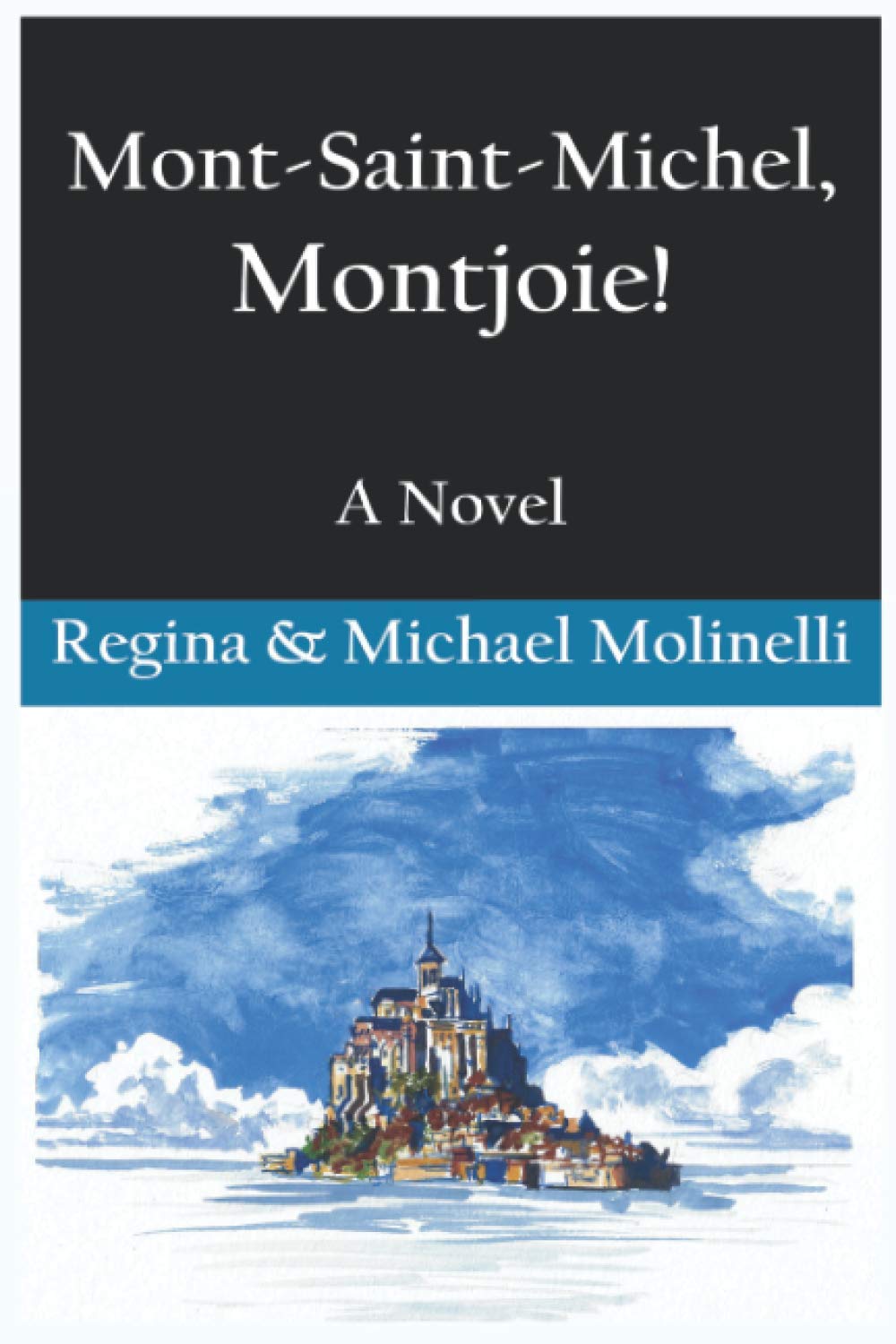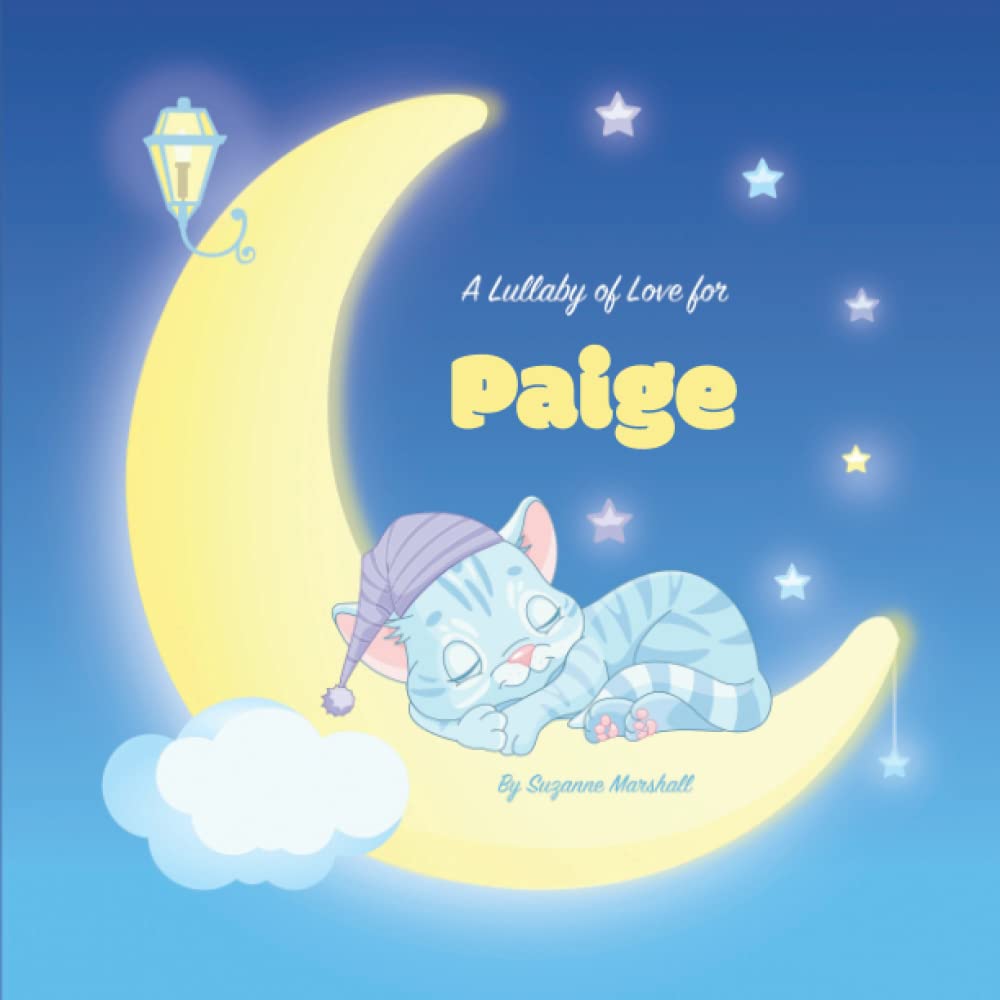In 1415, ten thousand Frenchmen lay dead on the battlefield of Agincourt. Henry V unleashed a savage English assault which devastated nearly all of Medieval France. With a mad king and a people torn by political feuds, France had one hope: Mont-Saint-Michel. Could a monastery of 70 monks, a squire, a cynical knight and an enigmatic damsel save France? Dear Reader, On our honeymoon, while visiting Mont-Saint-Michel, Regina remarked "It would be fun to have a gothic novel take place in a real gothic place like this." From that inspiration grew this book. It has been an exhilarating journey. As we developed the plot, characters and inserted the drama of history and ideas, the book has grown beyond a simple gothic story. Most young married couples have to deal with enough without arguing over whose epic poem about Agincourt was authentically medieval. In some ways the book changed as our marriage deepened. It may have been impossible to finish the book any sooner than the 25thanniversary of our wedding. The result is a book we have enjoyed writing and hope you will enjoy reading. Some already have read it as they helped shape the book. Some of them even requested a sequel! Perhaps literary professionals will find our written voice mundane, but we have purposely written it to respect traditional form, as that is the nature of the story we tell: traditional but with intriguing twists. When we have read books like this, we have often wondered what was "fact" and what was "fiction." We have researched thoroughly the period in which the novel occurs. It was not done in the strictest scholarly fashion. We used secondary and tertiary sources. Gina translated accounts from French sources, including a chronicle from Mont-Saint-Michel, but not much time was spent in nuance of the grammar. And while we plunged deeply into many sources of medieval history and culture, kept notes, and assembled a library, we did not footnote everything we learned about the era or events. Therefore, we do not knowingly contradict historic fact in this book. We deliberately dawdle over descriptions of medieval life, culture, and architecture as accurately as we can, since that is part of the entertainment. We hope all this transports you back 600hundred years with us, and you savor the journey. The descriptions of Mont-Saint-Michel are accurate for what were the conditions at the time of the novel, to the best of our discerning. We returned to the Mont with an early draft of the novel to make sure that paths our characters take and the rooms they occupied fit reality so much, that the reader with the text in front of him/her could duplicate their moves. The major events which happen to our historic characters happened. We found as we drafted chapters that, in thes pirit of the times, we could flesh out the brief accounts that books gave us. Physical descriptions and personalities of the historic figures were scarce, except for the royalty, and are generally fabricated to serve our opinions and the book. Among the historic people who appear as characters in our book are Abbe' Robert Jolivet, Vicar Pierre Gonault, Jean d'Harcourt, John Stewart and the royalty. Other nobles in the book who partake in actual events and about whom you are given a full name and a fact or two are generally real people. The dialog is fabricated, although we use many quotes attributed to royalty as well as their written documents. The fictional characters gave us greater license to create the plot lines and themes of the book. Naturally, these are woven into historic events with historic people. We frequently give them roles in the momentous historic episodes which are not assigned to real people to help draw them into the era. Events in which they are the center of the action are probably made up. So, while Guillaume, Roger, Cicatrix, Paul, the lesser monks, Guy, Solange, the entire Basselin clan, and the peasants are fictional, we expect you will like playing history with them. Other minor and nameless characters help create a full vision of life at that time. In deference to the place, we have kept French titles, proper nouns, and address in the dialog but avoid commonly known French phrases because the characters would not know that they are speaking a translation for your sake. We intentionally made the vocabulary more romantically medieval than modern. Please note in your mind's ear that we have written the book with the French pronunciation. For example, "Guy" is pronounced with the hard g as "Gee" and Roger is pronounced "Ro-zhay." Since its inception the manuscript has undergone two major rewrites a decade apart, to flesh out characters, details, tone, and adjust the dramatic arc and more. Most of this was done by Michael with his less pious style. There are still passages about which we disagree. But like minor disagreements in our marriage, that does not stop us from mov













